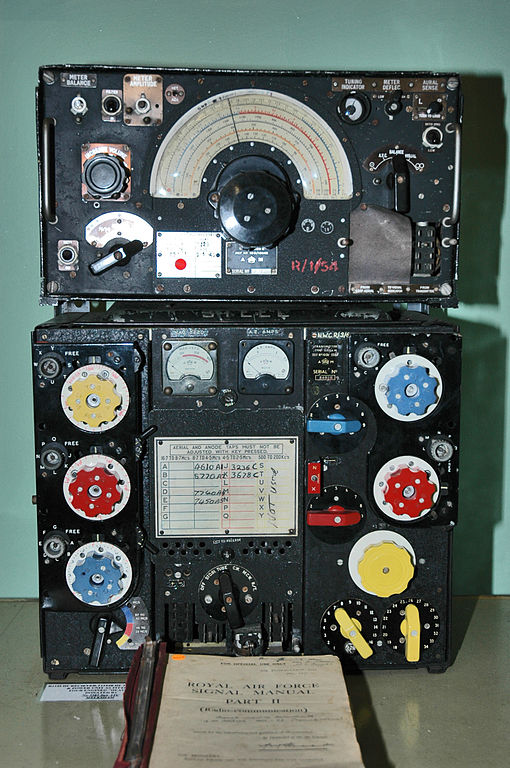My morse is very poor, but just functional. I can nearly (after I get my 'ear' back into listening) send/receive at 12wpm gapped at about 7wpm (so, the letters >start< to sound like a sound, and not the individual dots/dashes&dits, but it's gappy-enough to think about what you've received (which you should never do)
People who were truly-proficient key operators (such as those radio officers in the merchant marine, and the maritime coastal radio services) could sit and drink coffee whilst speaking to colleages, yet still be accurately receiving 40+ wpm
(Traditional aeronautical morse operators always tended, both military & civil, to use pencil and paper on receive, unlike naval preference- this was always explained-away to me on the grounds of available space and equipment weight. Handwritten transcription can introduce errors, so may be a factor here)
For broader info: Royal Navy (plus Commonwealth navies) and the USN were particularly-keen on operators receiving by ear and transcribing the content directly onto mechanical or electromech typewriters, which often had no lettering marked on the keys. Transcription Telegraphists were often taught on these so-called "bald typewriters" from Day1. I've seen this being trained for (even in the late 1970s) and also saw the battered 12" rulers being used by the Chief Petty Officers to whack the operators over the knuckles in response to errors. Modern technologies and interpersonal styles are a billion light-years away from the original old-school approach.


